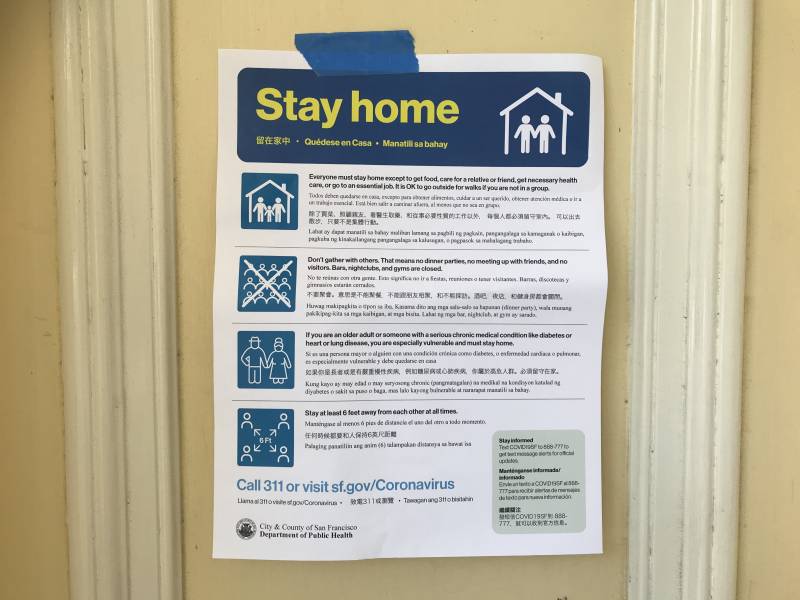When her isolation is over, she plans to honor the shelter-at-home directives, but she wonders about when those lift, and if it will be okay to return to work as an orthopedic manual therapist, where she has human-to-human contact. “I work with a large geriatric population in my private practice and I cannot be shedding virus when I go back to work,” she said. “We need to be really clear that I am no longer contagious. So how do I how do I find that out?”
Dr. Sajan Patel of the University of California San Francisco says the guidelines for how long to isolate after testing positive for COVID-19 are changing rapidly, so it’s important to seek out the most up-to-date information. When you do, he says, refer to the Centers for Disease Control and Prevention (CDC) guidelines.
The CDC recommends you follow these guidelines before you discontinue home isolation, depending on your circumstance:
If you think or know you had COVID-19, and had symptoms
You can end home isolation when:
- You have had no fever for at least 72 hours (that is three full days of no fever without the use of medicine that reduces fevers) AND
- respiratory symptoms have improved (for example, when your cough or shortness of breath have improved) AND
- at least 10 days have passed since your symptoms first appeared
Dr. Patel emphasizes that “you need all three.”
Alternatively, if tests are available, you can end home isolation when:
- You have no fever AND
- respiratory symptoms have improved AND
- you receive two negative test results in a row, at least 24 hours apart
If you tested positive for COVID-19 but had no symptoms
You can end home isolation when:
- 10 days have passed since your positive test, and you’ve continued to have no symptoms.
Alternatively, if tests are available, you can end home isolation when:
- You receive two negative test results in a row, at least 24 hours apart.
If you have a weakened immune system (immunocompromised) due to a health condition or medication
You may need to stay home longer than 10 days. It’s important to consult your healthcare provider. They may recommend follow-up testing if it’s available, in which case you can end home isolation after you receive two negative test results in a row, at least 24 hours apart.
When these conditions are met, Dr. Patel said, “It is not permission to jump back into society. It is, ‘I don’t have to be stuck in one room using one bathroom, wiping down every single thing, every moment.'” Social-distancing and local and state orders still apply to people who are no longer contagious.

